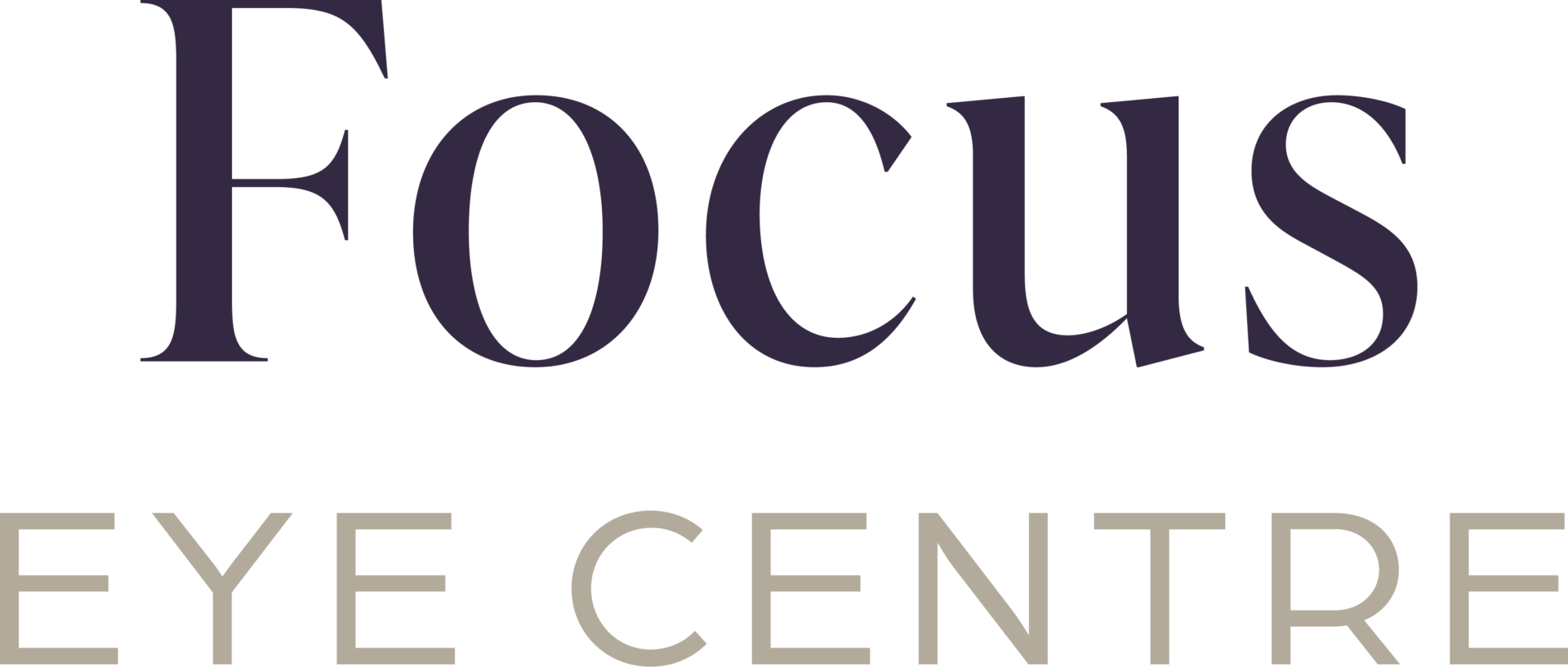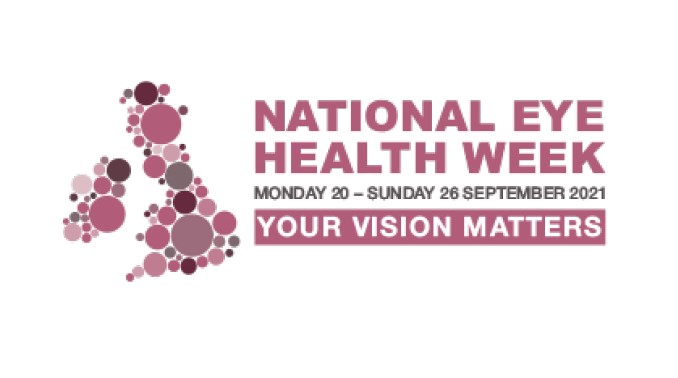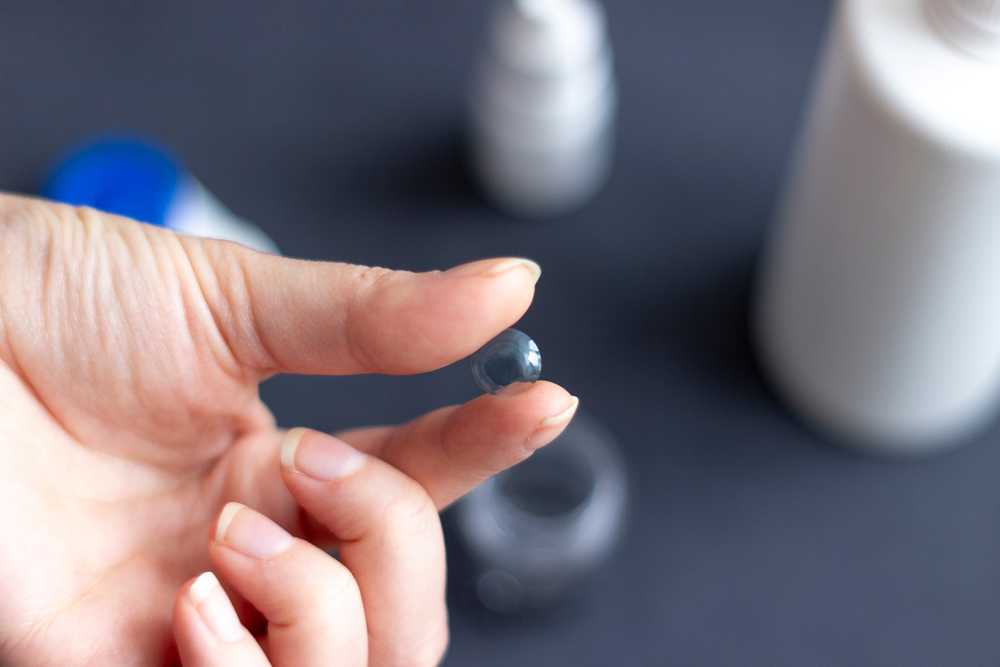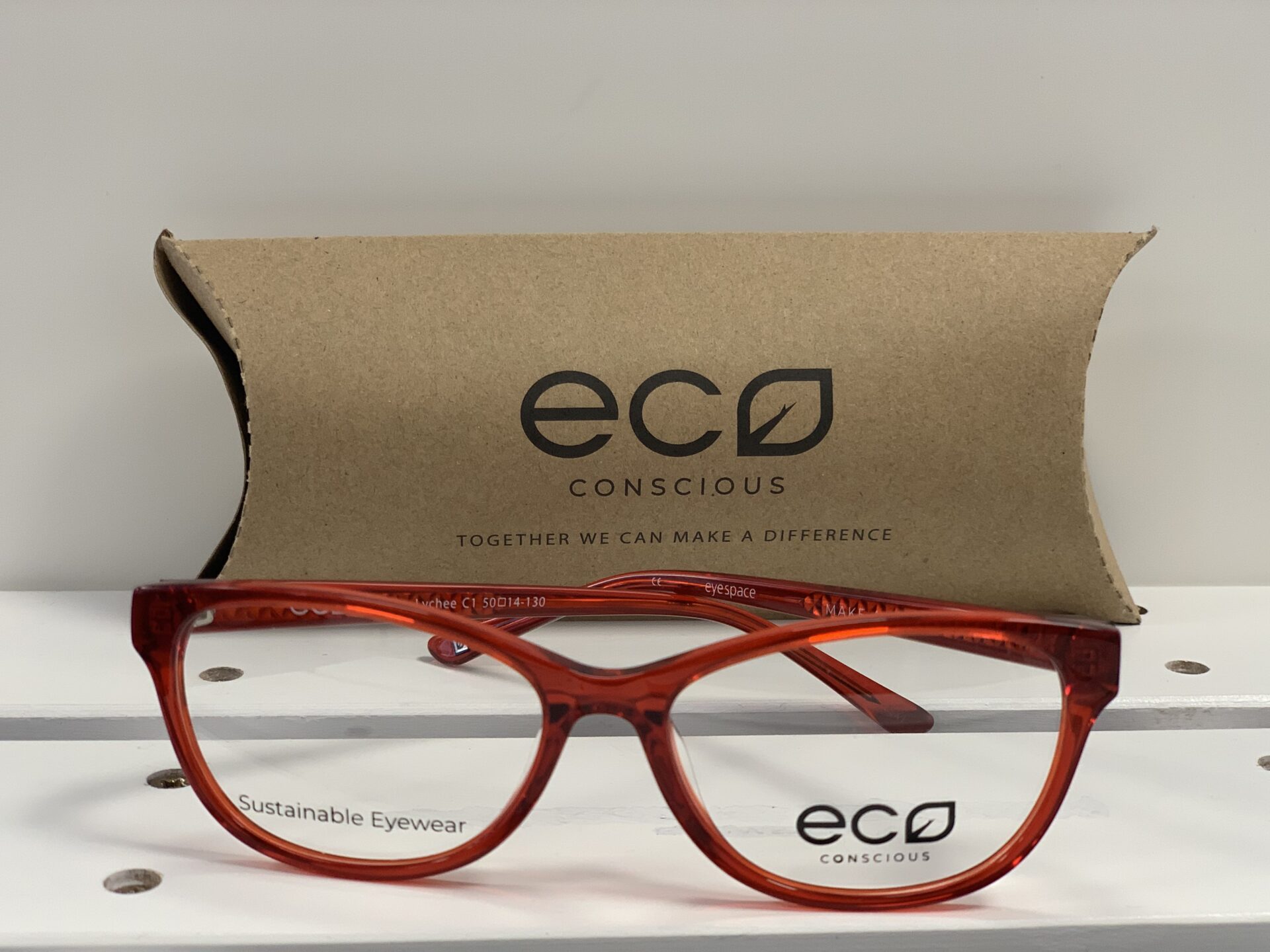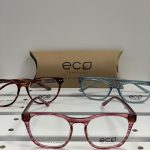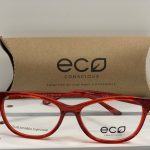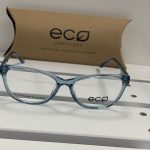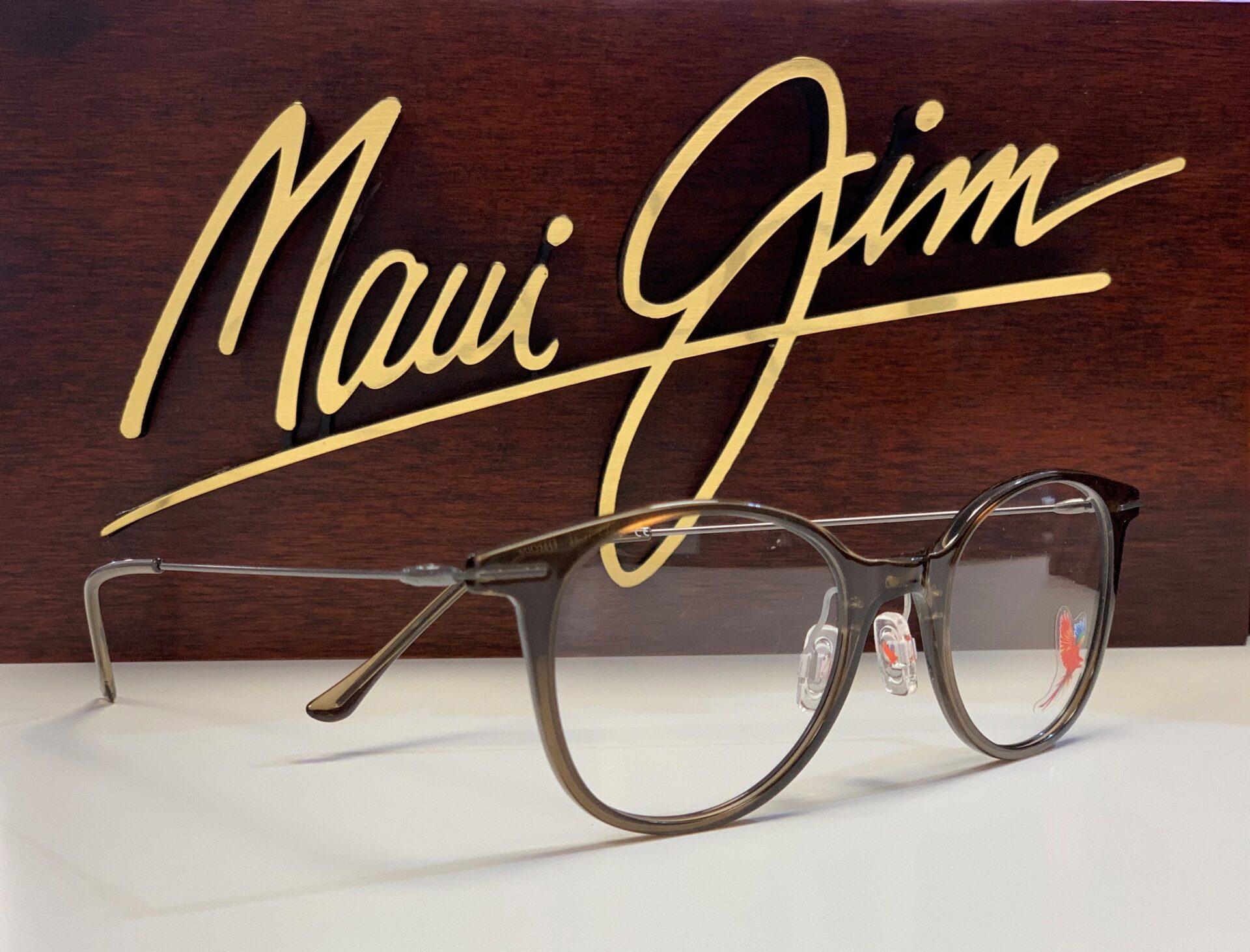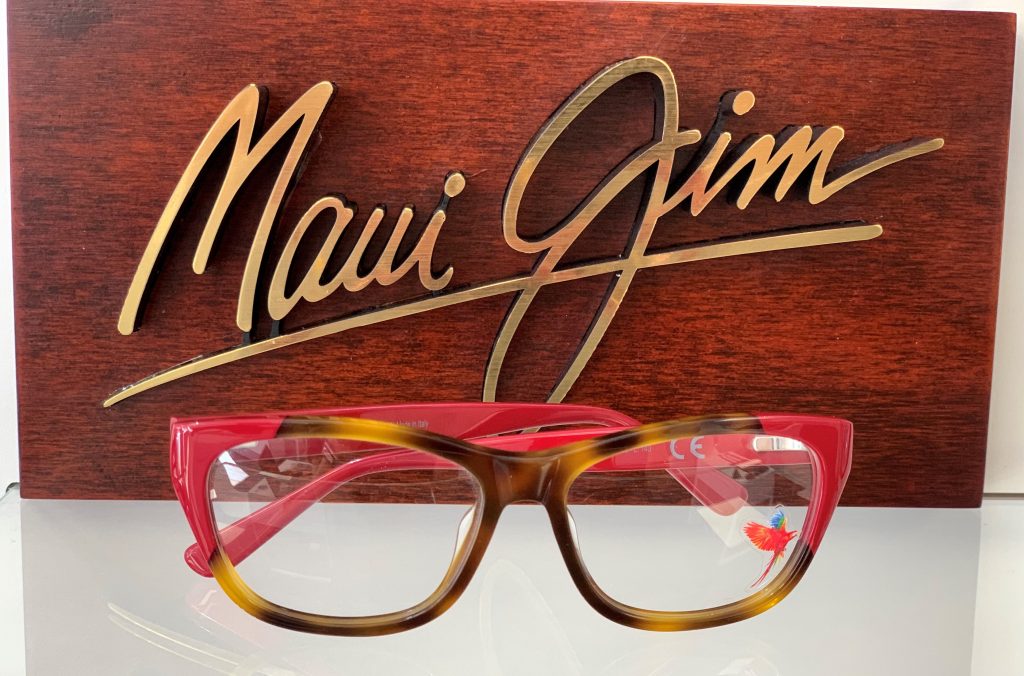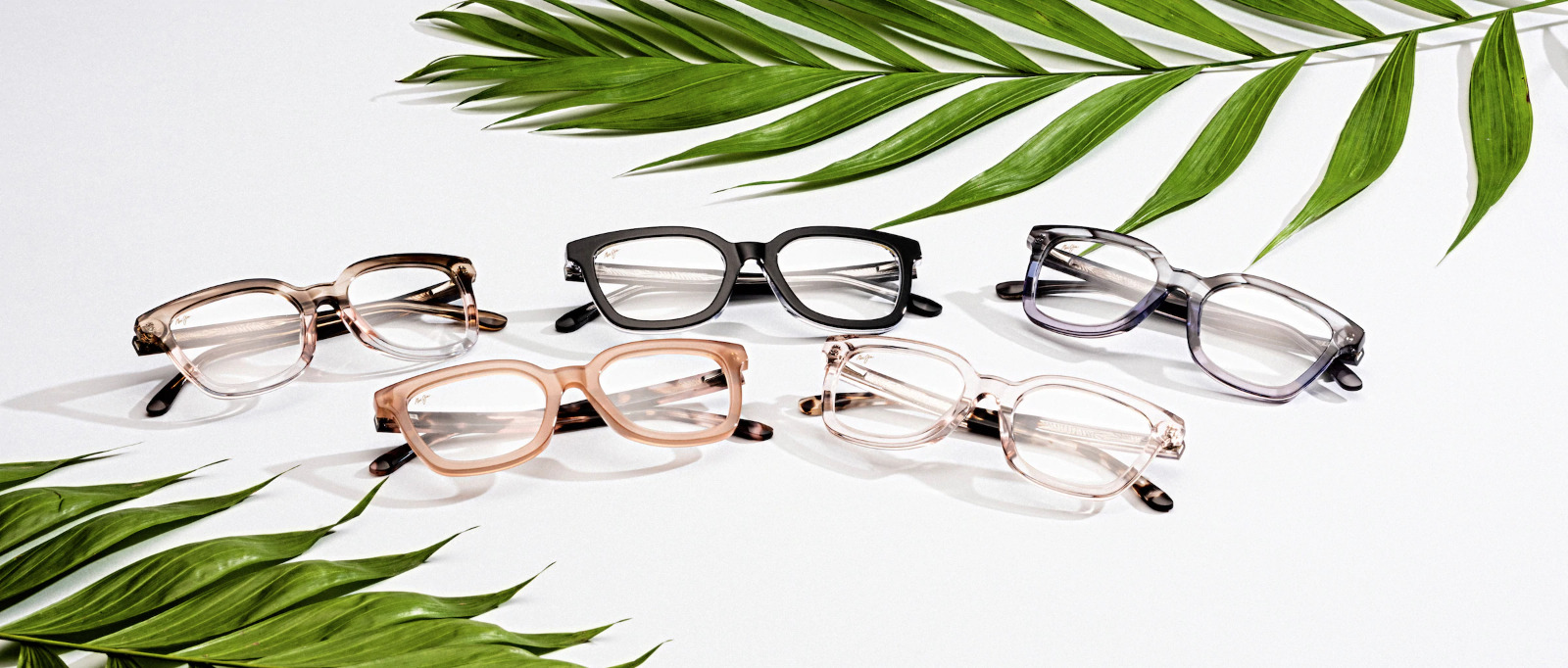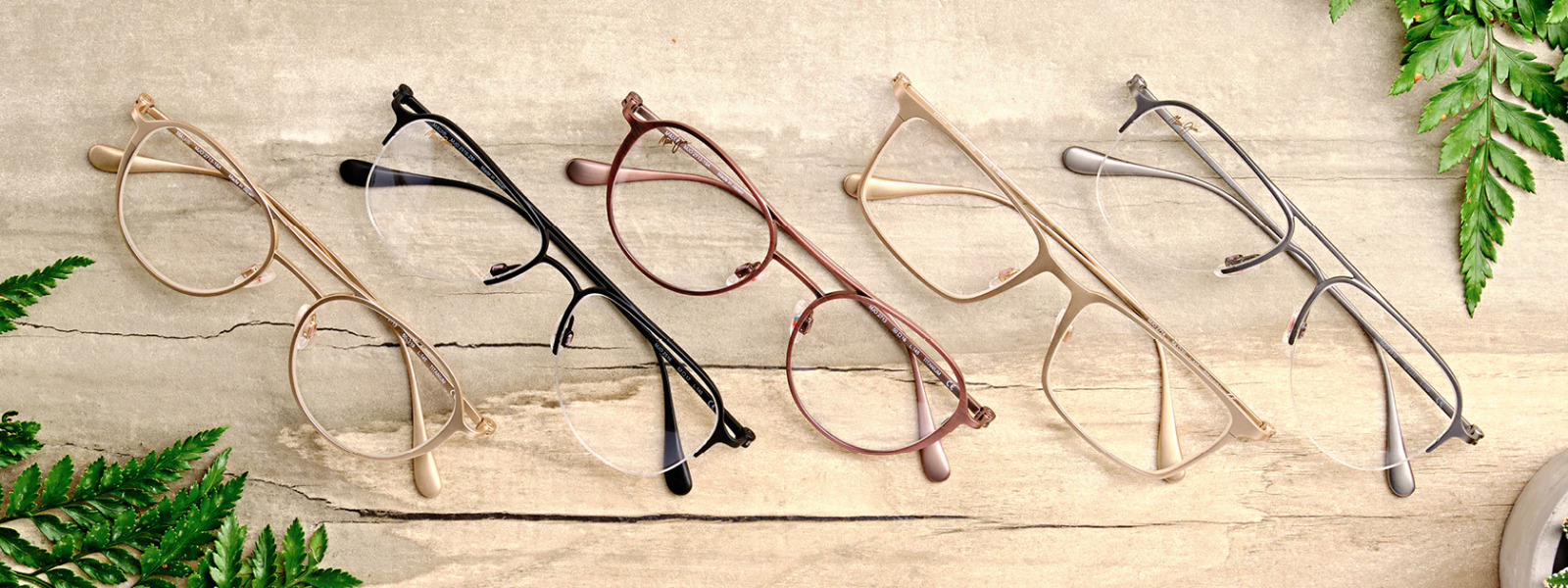Better hearing has finally arrived! Introducing the Evolv AI range from Starkey.
Who Are Starkey?
Starkey is one of the largest leading manufacturers of hearing aids in the world. They believe that hearing is the key to human happiness and health. Being able to hear people and the world around us is as essential to human experience as breathing. Through their innovative products, they show dedication to delivering the best hearing experience possible.
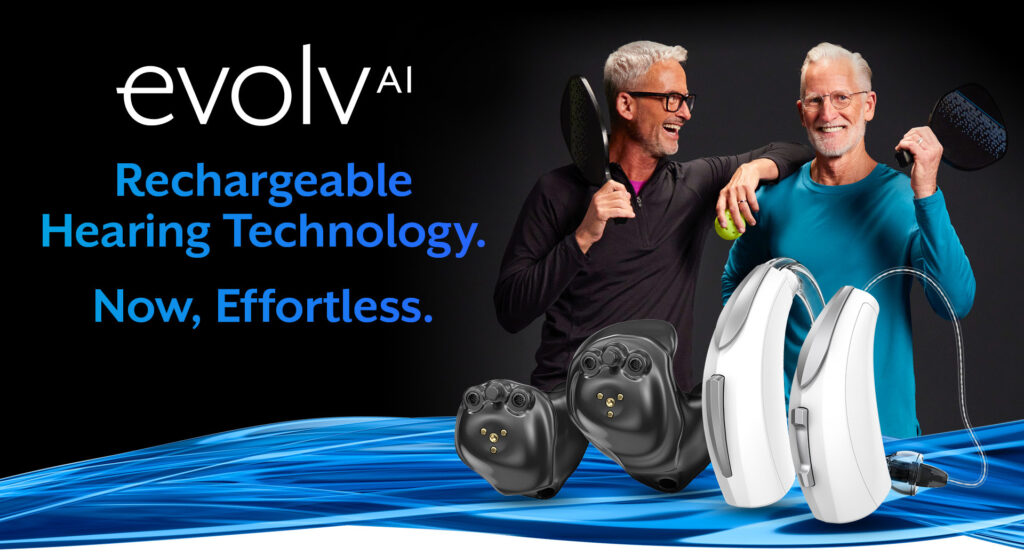
What is Evolv AI?
Starkey has a complete family of the world’s most innovative hearing technology that seamlessly connects and adapts to your life. Their hearing aids perform 55 million automatic adjustments an hour, to suit whatever activity you’re doing. What’s more is that their Evolv AI hearing aids have the clearest ‘Starky Sound’ ever and are expertly designed to automatically deliver realistic sound quality in every listening environment.
Compared to previous technology, Evolv AI provides an additional 40% reduction in noise energy designed to reduce listening effort. The Evolv AI offers the smallest 2.4 GHz CIC to their most powerful BTE, making them the perfect combination of exceptional sound quality and a full line of discrete easy-to-hide hearing aids. When it comes to effortless hearing, Evolv AI is the answer.
More information on the Evola AI range
Effortless Connectivity
Evolv AI has seen the introduction of Starkey’s latest and most advanced connectivity ever. With improved connection, more Android connectivity than ever before and our best sound quality, patients can seamlessly experience and enjoy their favourite TV, music, and conversations. Evolv AI effortlessly fits with your lifestyle.
The Thrive Hearing App
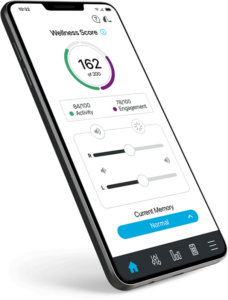
With the Thrive Hearing App, users can easily view and manage their health information and receive daily feedback on their progress. The full-featured, user-friendly app provides users with full control of their Evolv AI, Livio Edge AI, Livio AI or Livio hearing aids. The app is essential for you to see activity progress as well as the benefits of wearing hearing aids.
Compatible with both Apple and Android devices, the Thrive app offers additional features designed to enhance patients’ listening experiences and gain more control of their hearing aids
Looking for a Product From the Evolve AI Range?
If you’re looking to find out more information about the Evolve AI range then we highly recommend contacting us. You can fill out our contact form. Alternatively, you can contact us directly by calling 01323 442 062 or email info@focuseyecentre.co.uk. We will get back to you as soon as possible.
